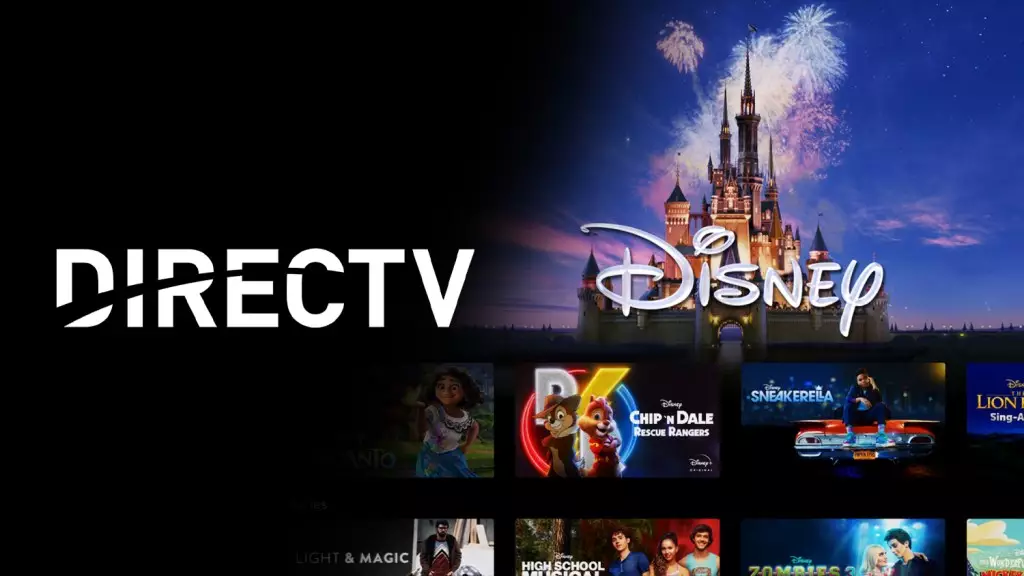DirecTV has accused Disney of negotiating in bad faith amid renewal talks, leading to a complaint being filed with the Federal Communications Commission. Disney, on the other hand, claims that this is a common tactic used by DirecTV in previous negotiations. Both sides are urging each other to prioritize their customers and finalize a deal to restore access to content as quickly as possible.
With Disney’s networks currently dark on DirecTV, more than 11 million subscribers have been impacted. DirecTV subscribers have lost access to ESPN, Disney sports, entertainment programming, and Disney-owned television stations in several major markets. The ongoing dispute has led to viewers missing out on early college football games, Monday Night Football, and potentially even the upcoming presidential debate hosted by ABC.
DirecTV CEO Ray Carpenter emphasized that the company is focused on long-term sustainability for its video customers. The dispute is not expected to be resolved before the NFL’s Monday Night Football kicks off, as DirecTV aims to address the issue of bloated packages that are driving consumers towards cord-cutting. The company is determined to find a solution that works for the long-term benefit of its subscribers.
The ongoing dispute between DirecTV and Disney comes at a critical time, with Vice President Kamala Harris and former President Donald Trump scheduled to face off in their first debate on ABC. The timing of the dispute raises concerns about viewers potentially missing out on important events due to the lack of access to Disney-owned channels on DirecTV.
The DirecTV and Disney dispute highlights the challenges of negotiations in the media industry. Both companies are standing their ground in search of a deal that aligns with their long-term goals and benefits their customers. The impact on subscribers and the potential for missing out on key programming underscores the importance of reaching a timely resolution. Only time will tell how this dispute will unfold and what it means for the future of content distribution in the evolving media landscape.

Leave a Reply